My daughter employs her own version of her pink scarf to cover up her white skin.
Inclusion and diversity are two words that are defining my adult life. My professional life and my personal life. I think about them when I travel. There are so many reasons people travel, but one of them is to “have a break”, or “leave it all behind”. I suppose I don’t tend to do that and I haven’t wondered much about it until now. Even before I had a family, I valued “seeing something different”. Here’s a dose of different from these various, but totally typical scenes on Rajasthan’s highways. Not side roads. Toll highways. Well, except for us in the tuk tuk…that’s a town or city thing.
What does travel give us? Why do we do it? Sometimes it’s forced on us, other times we seek connection with family and friends, but sometimes it’s to experience difference. For me, difference in my life is obvious…I don’t need to travel to feel out of my comfort zone. My youngest child, in all his beauty and perfection, has FOXG1 syndrome. An incredibly rare genetic condition that he created…it wasn’t “passed down” by my husband and myself. There are only a handful of cases in Canada and worldwide, perhaps a few hundred (more than two, much less than five). And within that condition, that was first thought of like Rhett’s, my son’s is the only genetic permutation. He brings new meaning to the word “special needs”. So he’s different. And it doesn’t take strangers more than a few seconds to figure it out. I first noticed this on an extended trip to Europe six years ago and wrote about it elsewhere: https://www.theglobeandmail.com/life/facts-and…ive…children/article4549441/.
So when we travel, our life back home is never far from us. My son still sees the world in his unique way, and the world reacts to him in its own unique way. As a group of four, we don’t blend in anywhere…at a fancy resort full of north americans, or the backroads of a dusty, far-flung country. And while different parts of the world react to him differently, it makes me wonder about whether, for all our politically correct talk in Canada and what our children learn in school about it, whether we truly value difference? I don’t think we do. My daughter is making me think about this right now. She’s about to “launch” from home, graduate from her high school, and consider her options. Hers is going to be the path less traveled. She’s bright enough to go away to university, and most of the cohort she grew up with is choosing that. She is choosing to be different. Going to university will, I predict, be on her terms some point in the future. But people’s reaction (admittedly also her mother’s at times) to her evolving and unusual choices is illuminating. I remind myself that thinking the same, being the same, wanting to fit in, never changed the world and never created change.
And yet, we (humanity) don’t really value difference. Think how quickly “different” can veer off into “weird” or “crazy”. On the surface, we might talk a good game, but we don’t embrace it. Why? I think part of it is hard-wired into us humans…the world over. Having children has partly been a lesson in how much of my experience is determined by biology. I was talking recently with a friend who has a 15 month old daughter and I was explaining something about mothering an 18 year old. She said “it just makes me feel physically ill to think about that”. Her comment made me remember that visceral feeling of protection…I remember it exactly. If we truly valued difference on a biological level, would our species have survived this long? Personally my extreme near-nearsightedness would have done me in early in life without the invention of corrective eye-wear. On a biological level, for our ancestors long long ago, “difference” could equate to “death”. I think that hard wiring is still there.
My son is a somewhat glaring example. Last spring break we were in Vietnam and Cambodia. I have never been anywhere in the world where my son was embraced by strangers as he was there. In retrospect I asked myself why. In a country like Vietnam, disability is much more a part of the cultural fabric. It’s not so “different”. I have forgotten some of the statistics, but “thanks” to Agent Orange, in Vietnam’s unusually young population (most Vietnamese were born after the war in 1975), somewhere around 20% of people have a physical disability. Strangers, instead of looking away, came up to him and tried to talk with him using his voice output program on his iPad. They asked us questions about him and what his life is like in Canada with a level of curiosity that a handful of close friends demonstrate back home. They really wanted to know him. Between him and my tall, blonde, pale-skinned daughter, I joked it was like being part of Brad Pitt and Angelina Jolie’s crew. Before they broke up, that is. On a boat ride in underground limestone caves, passing boats could be heard to say “did you see how pale her skin is?”. Daily, people asked to take their pictures with her. Everywhere she went, she created ripples of awe and staring. She found it unnerving but also kind of a compliment. As it would be for any of our pale and pretty daughters. My point is that difference is in the eye of the beholder. It’s relative. In Vietnam, my able-bodied daughter was more different than my son who, on a biological level, is completely unique in the world. But to the Vietnamese he was more Brad Pitt-ish!
Here in India my daughter is different in ways she’s never dealt with before. I don’t think she’s eager to replicate the experience. Indian men follow her at attractions, surreptitiously snapping photos of her whenever she lets her guard down. Not at all like Vietnam…these men acted like they were “stealing” something from her. Our guides have angrily chased off more than one camera-snapper at most public sites we’ve visited. Our whole family was stared at in Old Delhi by every single person, almost every single minute we were there. Man, woman, young, old. Some men tried to touch her skin. It was upsetting, actually. At one point, we were standing on a street corner with our guide, waiting for our driver. I turned and faced the packed crowds on the sidewalk and saw hundreds of faces flicking over my blonde hair, and settling on the pale skin on my daughter’s legs and arms. It was quite aggressive. Men looking over the tops of their wives’ heads openly gawking. Women walking away, with their gazes back over the shoulders, toward us. I started glaring back, putting my body between the crowds and my daughter…and yes…holding up my pink scarf between my daughter and the crowds. I was ready to fight and I was taking my pink scarf with me! Being different can feel very not-ok.
I guess to get back to my original point, watching how myself and my family see difference when we travel, how we are accepted or not accepted because we are different to the people where we visit, makes me wish we could get to a place where difference is neutral. It’s not filed away in our human brains in the “good” or the “bad” boxes. It just is. Oh, and world peace, everyone. World peace. 😊
Addendum…after drafting this blog, I was accosted by a swarm of about grade 9 girls visiting Jaipur from their rural school. As you can see below, a person from Canada was a novelty. But this experience was like a compliment…they kindly asked to have their pictures taken with me…with this result!
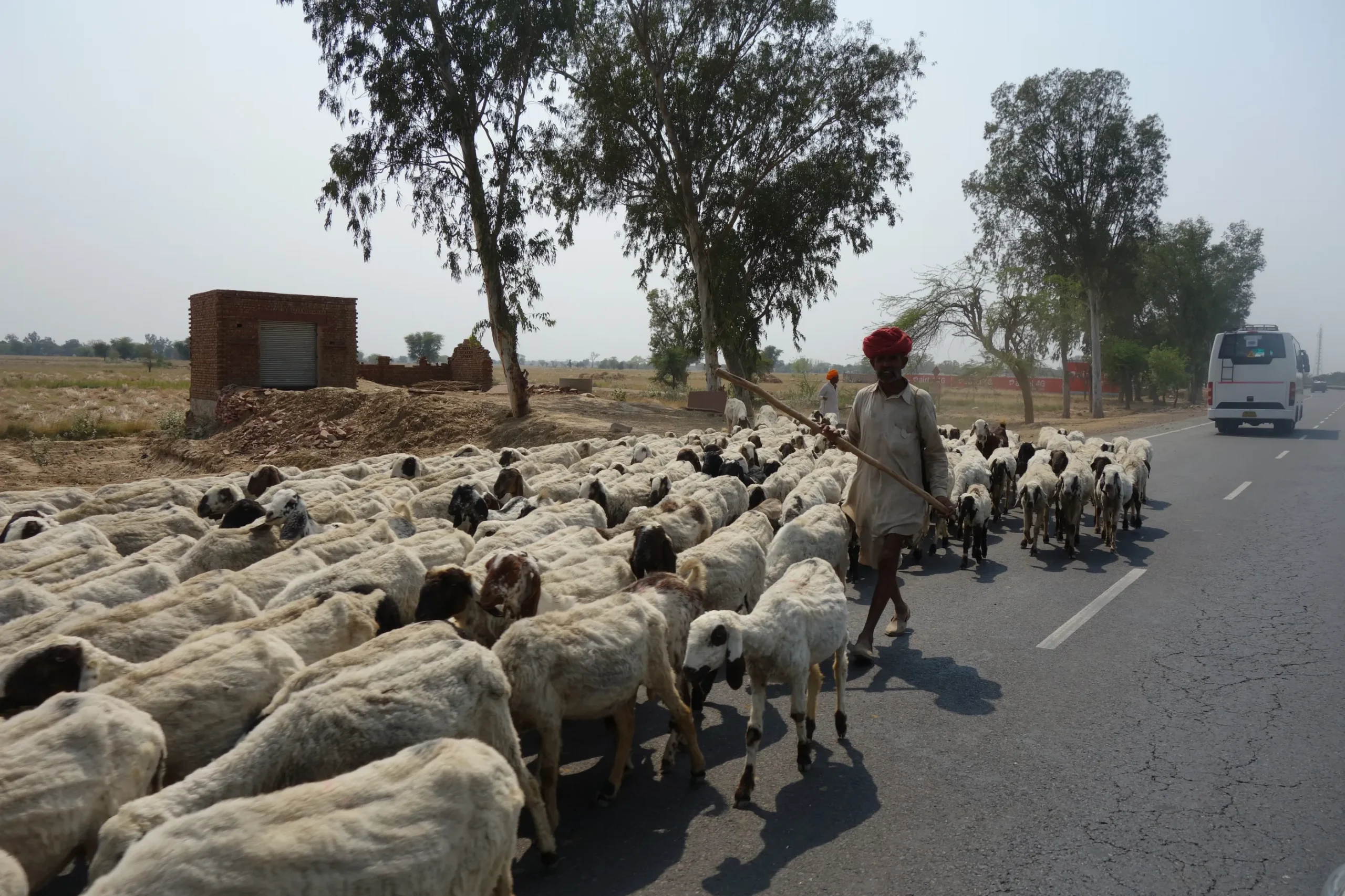
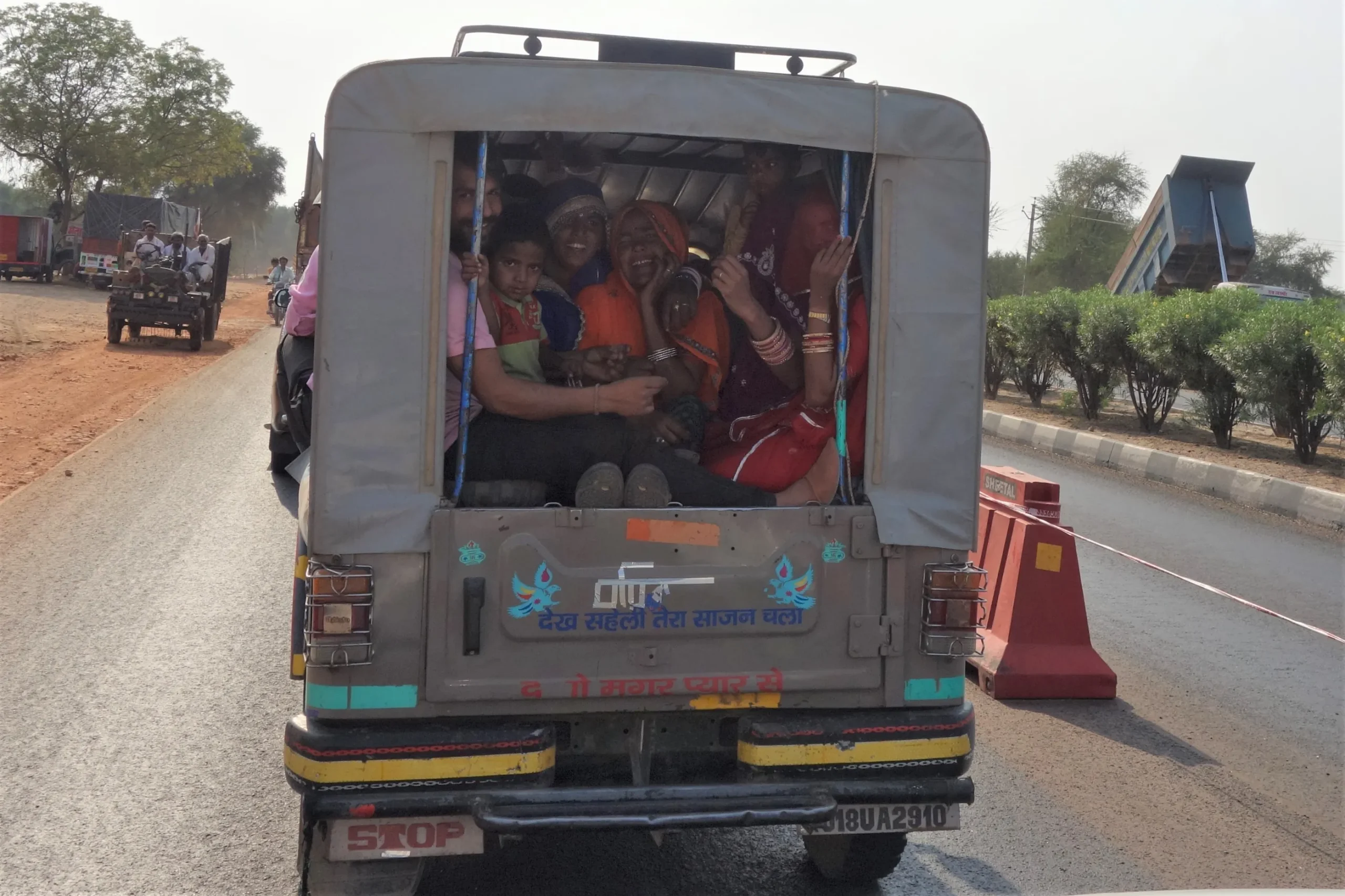
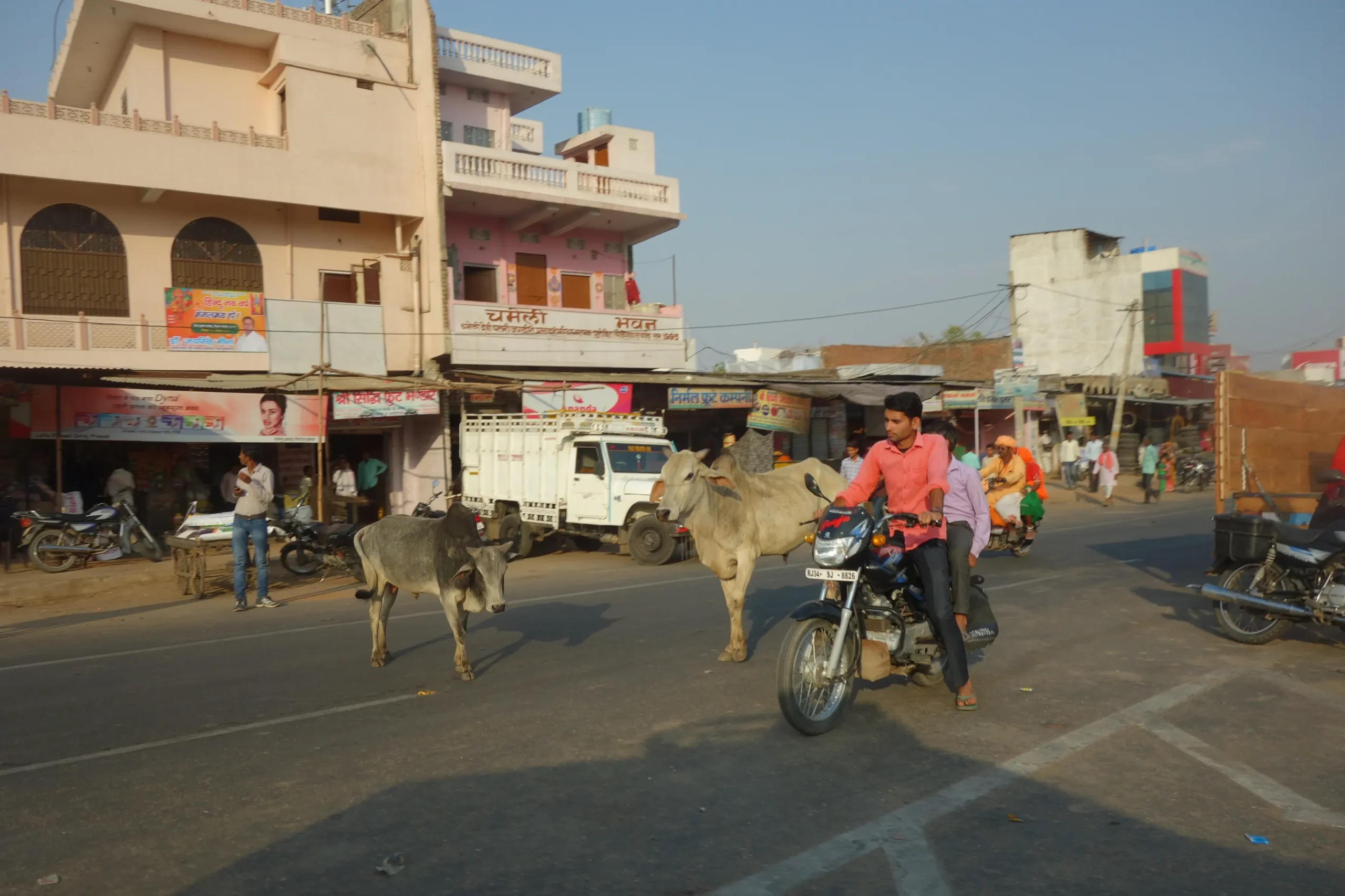
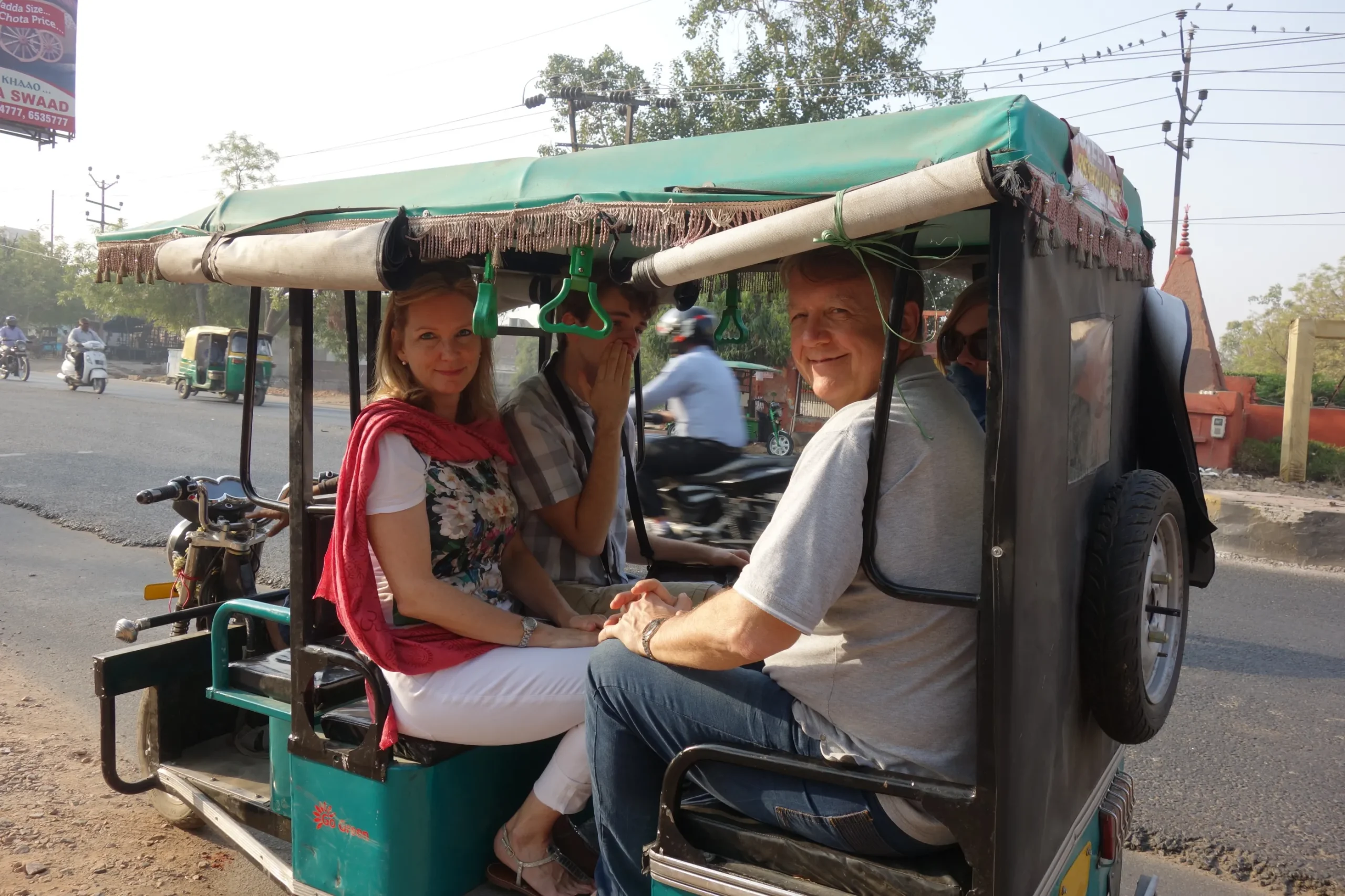
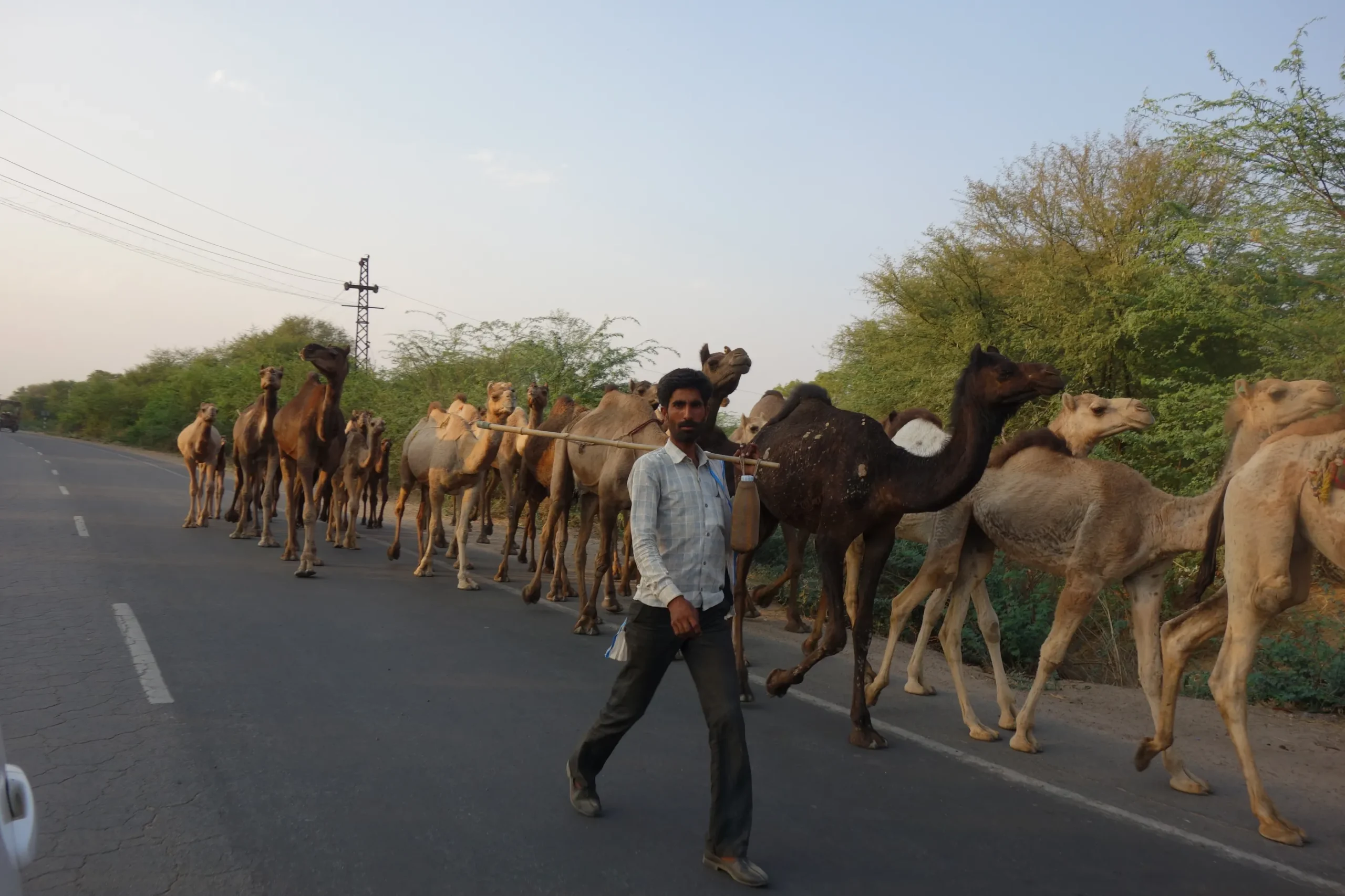
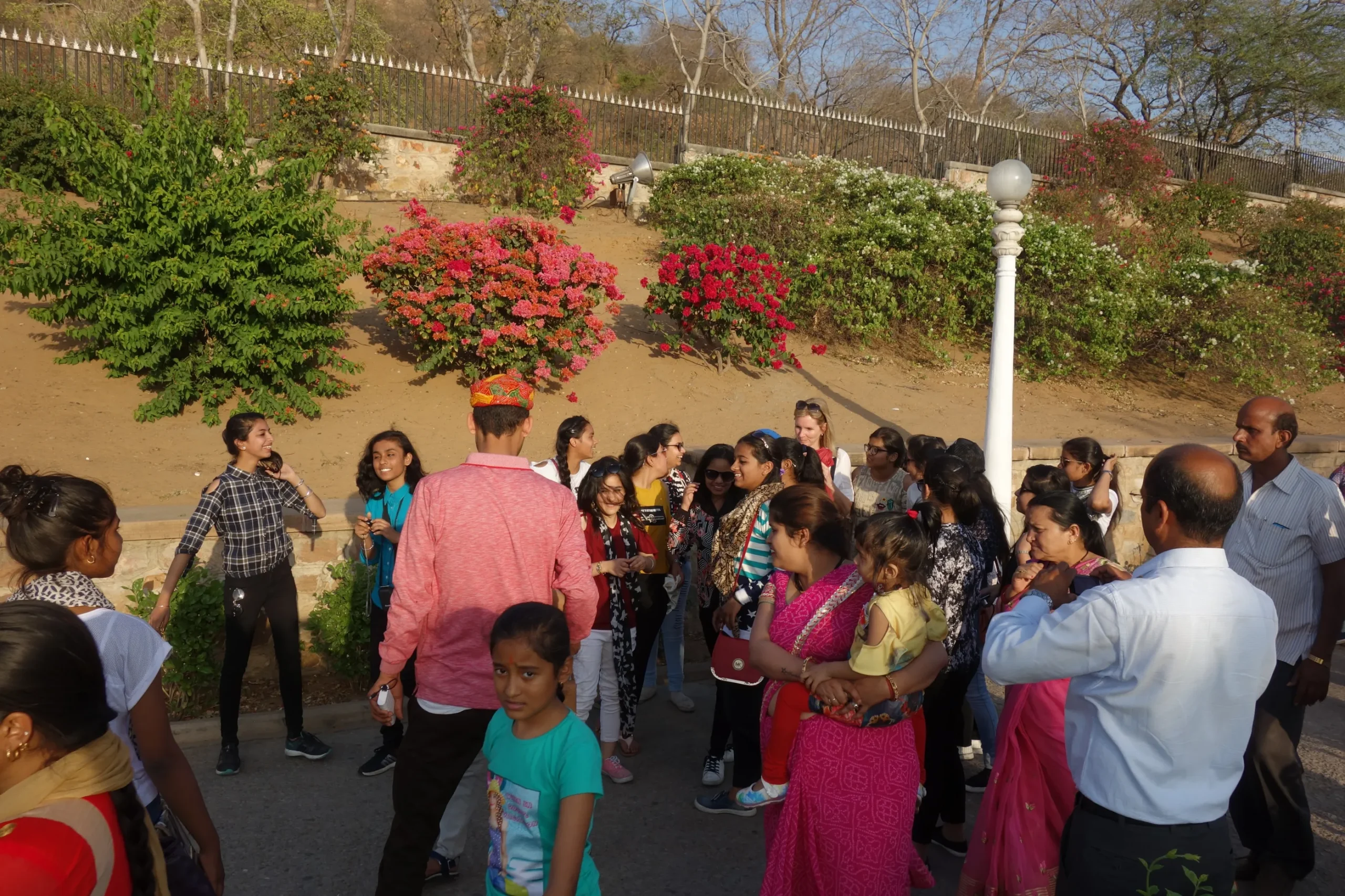
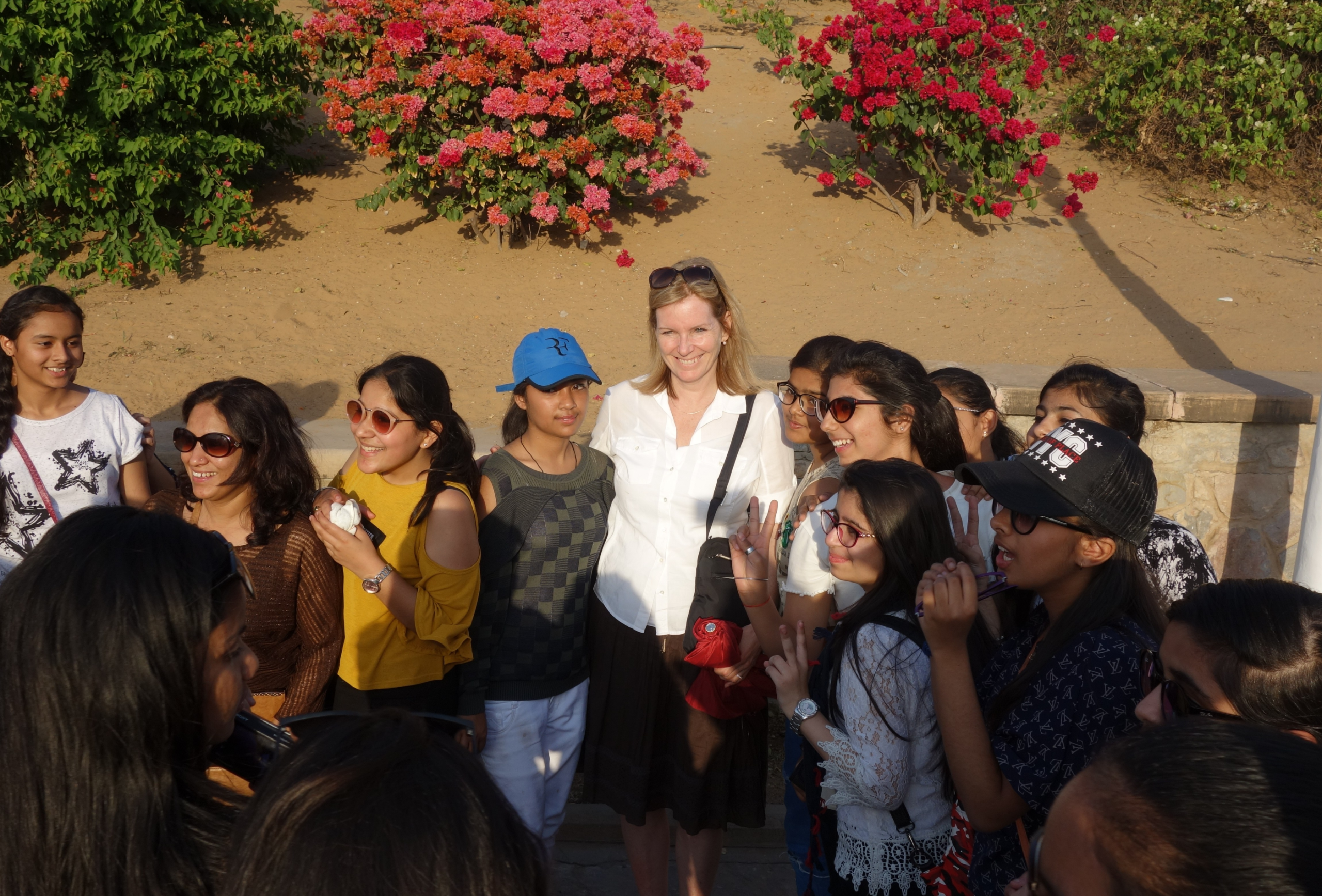

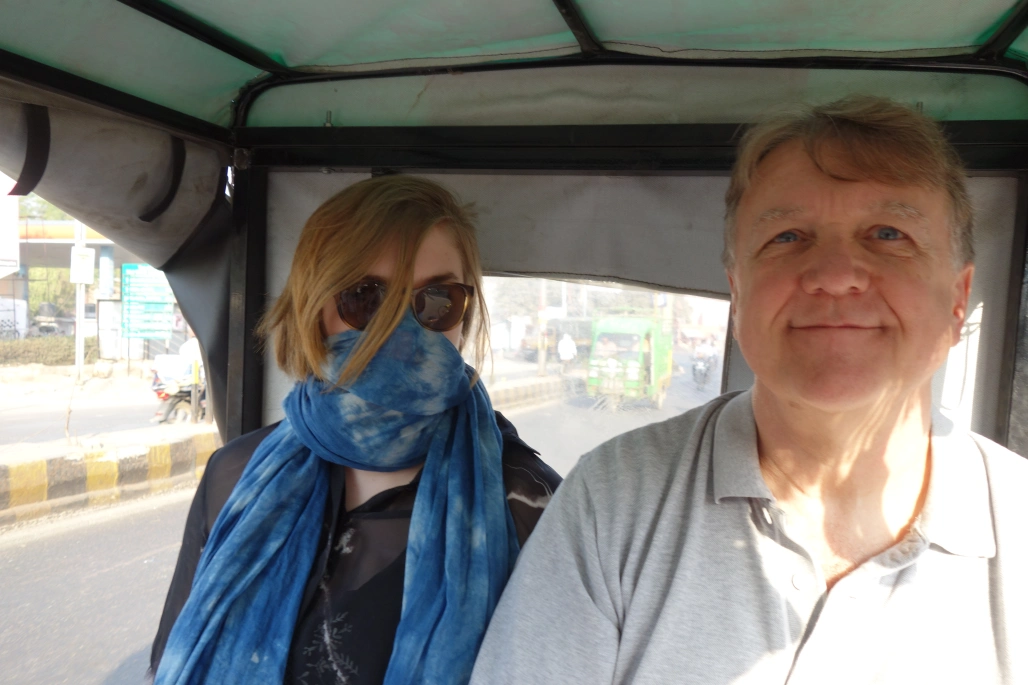
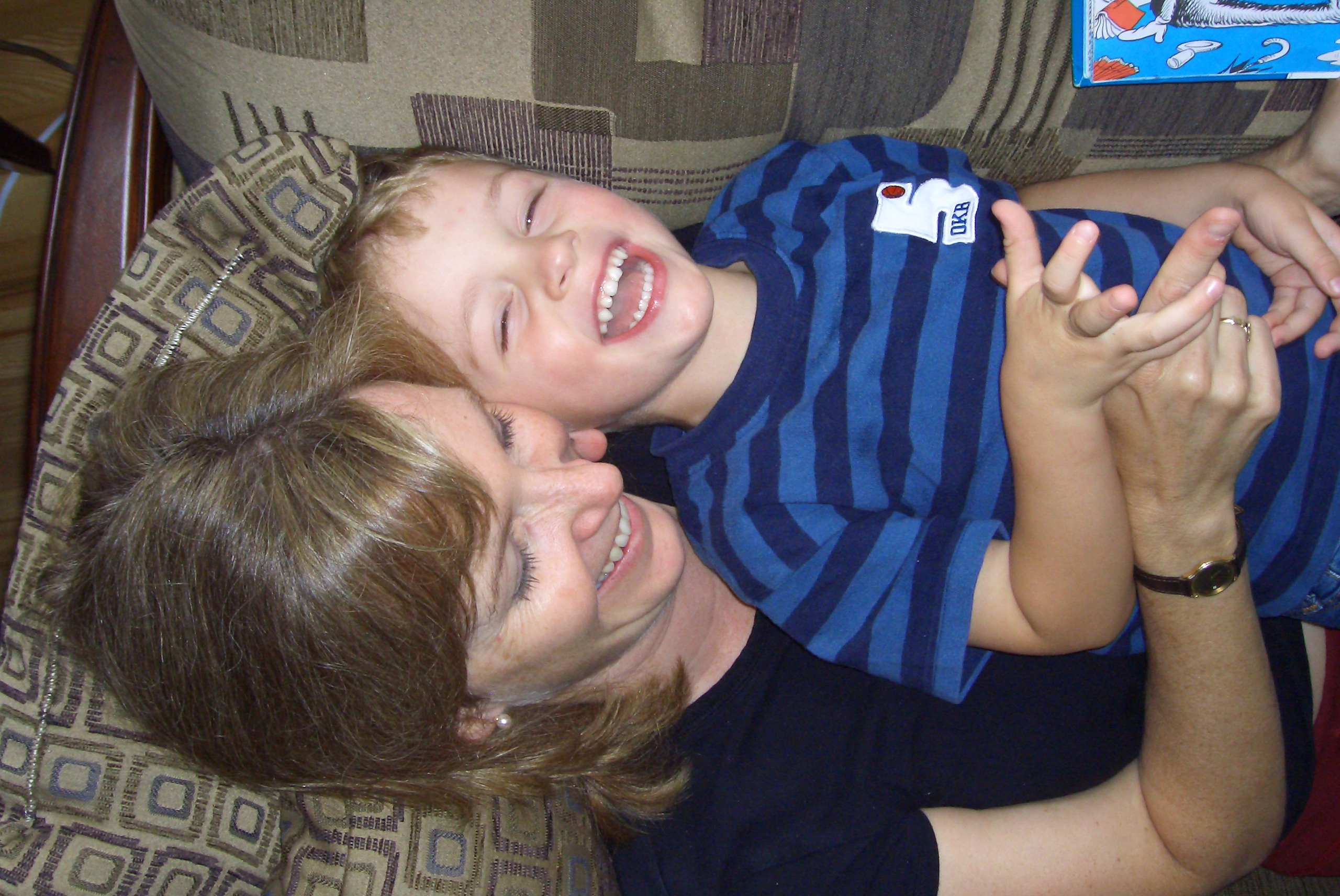
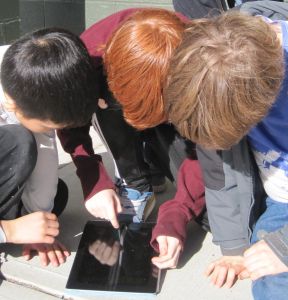
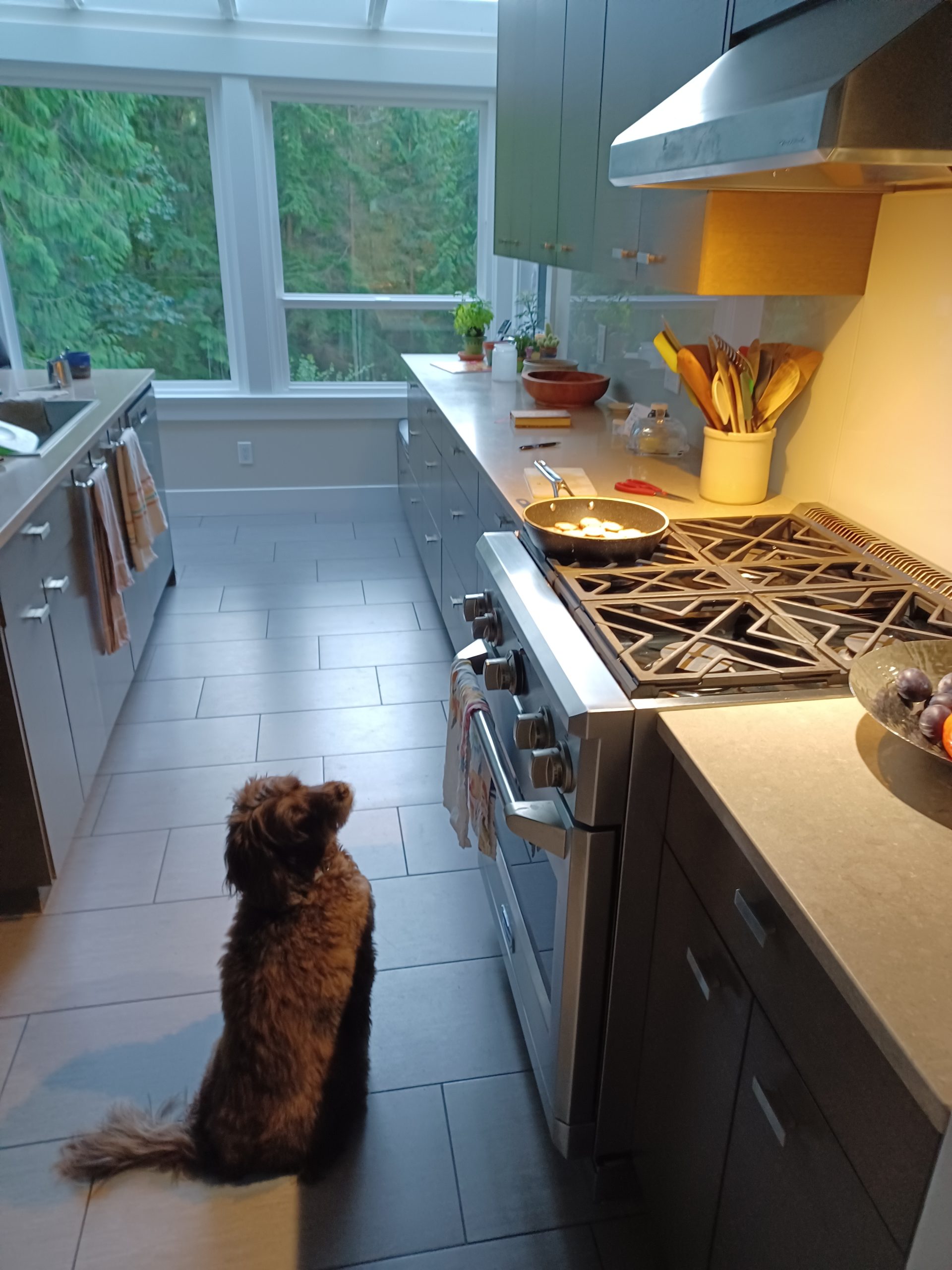
Beautiful blog. Beautiful family.
Ah, thank you Penny… think you are pretty cool yourself. 🙂
This is amazing Carmen! ❤️ Such incredible experiences for you all! xo
It was so funny to be swarmed by those girls. Another time a young man…. Not much older than Ges gave up trying to sell him his wares and instead plunked down beside him to watch the game Ges was playing in his iPad. Sometimes for all our differences in this world, some things are the same…. Like boys’ fascination with glowing screens. 🙂
Great article, Carmen. I’m sorry Shannon was put in an awkward place.